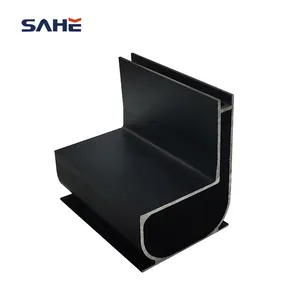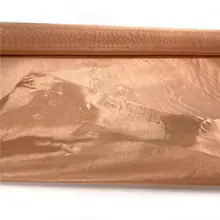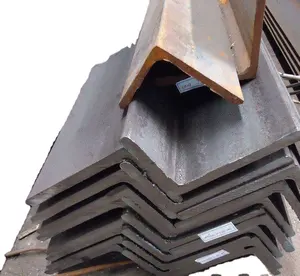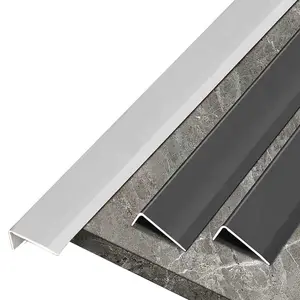Exploring the Versatility of Decorative Aluminum Angles
Decorative aluminum angles are a versatile and practical component in various architectural and design projects. These extruded profiles serve not only as structural elements but also enhance aesthetic appeal across multiple applications. From framing systems to intricate interior design details, the utility of aluminum angles is vast and varied.
Types and Shapes of Aluminum Angles
The array of shapes available in decorative aluminum angles caters to diverse design needs. The standard L-shaped profile is widely used for its structural integrity and ease of installation. Beyond this, fabricators can supply T-shaped bars, hollow tubes, solid round tubes, and intricate shapes like J caps, Z clips, and channels. Each shape is designed to fulfill specific functional and decorative roles in construction and manufacturing.
Material Specifications and Surface Treatments
Predominantly crafted from 6000 series aluminum alloys, these angles offer a balance of strength and workability. The temper of these alloys ranges from T3 to T8, indicating the level of hardness and strength due to heat treatment. Surface treatments such as powder coating, anodizing, and electrophoresis not only add to the visual appeal but also enhance the durability of the aluminum angles. Anodizing, for instance, augments the natural corrosion resistance of aluminum, while powder coating provides a uniform, vibrant finish in a spectrum of colors.
Applications and Features
Decorative aluminum angles are integral to construction and design, finding their place in office furniture, lighting fixtures, and automotive parts. Their features include ease of machining, lightweight nature, and resistance to corrosion, making them ideal for both indoor and outdoor applications. The adaptability of these angles allows them to be customized in thickness, ranging from 0.2mm to 20mm, to suit specific project requirements.
Advantages of Aluminum Angles in Design
The advantages of using decorative aluminum angles in design projects are manifold. They offer a combination of durability and lightweight strength, which is essential for long-lasting installations. The variety of finishes, from matte to mirror-like, allows designers to achieve the desired aesthetic without compromising on functionality. Moreover, the option for wood grain finishes provides the look of natural wood with the resilience of metal.
Choosing the Right Decorative Aluminum Angle
Selecting the appropriate decorative aluminum angle for your project involves considering the specific application, desired aesthetic, and environmental factors. With a multitude of options available, it is crucial to assess the compatibility of the angle's features with the intended use. Whether the project calls for a subtle detail or a prominent structural element, the right aluminum angle can significantly enhance the overall design.

































 浙公网安备 33010002000092号
浙公网安备 33010002000092号 浙B2-20120091-4
浙B2-20120091-4